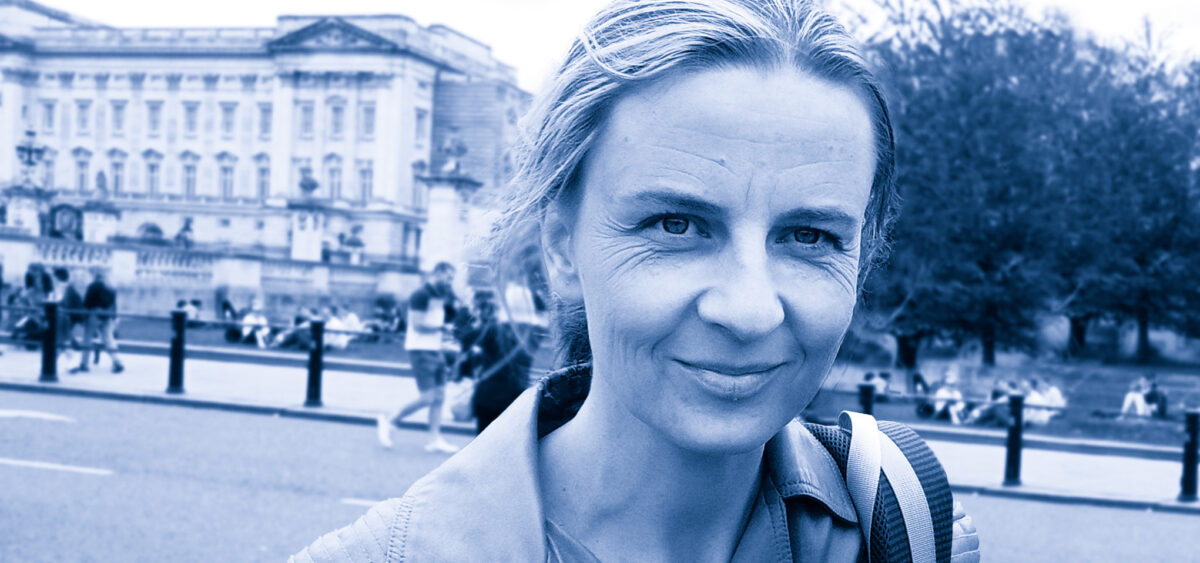
Running, jumping, flying, and swimming are always worth doing—but in the right doses. How much movement is just right? Psychotherapist Anna Cichoń speaks with Kamila Kielar.
Physical activity aids circulation, stimulates metabolism, and improves sleep quality. Regular physical exertion has a major positive impact on mental health. But where do you even start? The simplest and most advantageous sort of movement is simply walking. And, as it turns out, for many people that’s good enough.
Kamila Kielar: The British Journal of Sports Medicine has published research showing that physical exercise is more effective than previously supposed in preventing and treating depression and states of anxiety.
Anna Cichoń: Really there’s no sickness where it’s advisable to be sedentary, even when you’ve broken bones. Movement increases the flow of blood to the brain, which has a positive impact on its cognitive functions: memory, concentration, and information processing speed. It regulates the nervous system and stimulates the excretion of hormones, primarily endorphins and serotonin, which is why it is vital when it comes to mental illness. The European Psychotherapy Society recommends adding physical exercise to therapy for people with moderate and mild depression. It is also recommended for those suffering from schizophrenia, whose cognitive functions are








